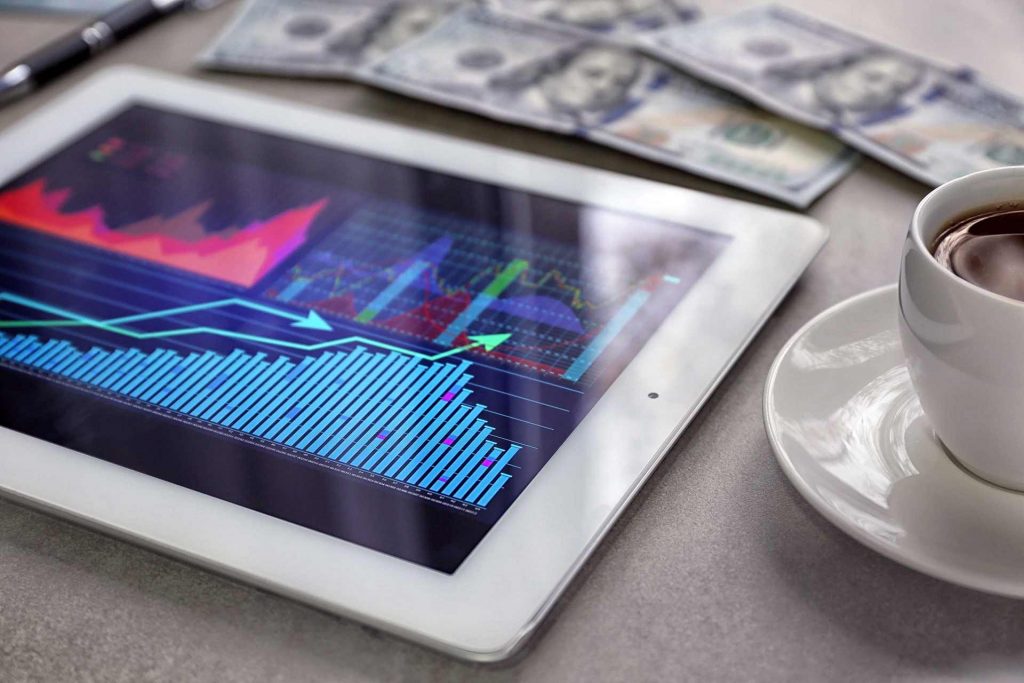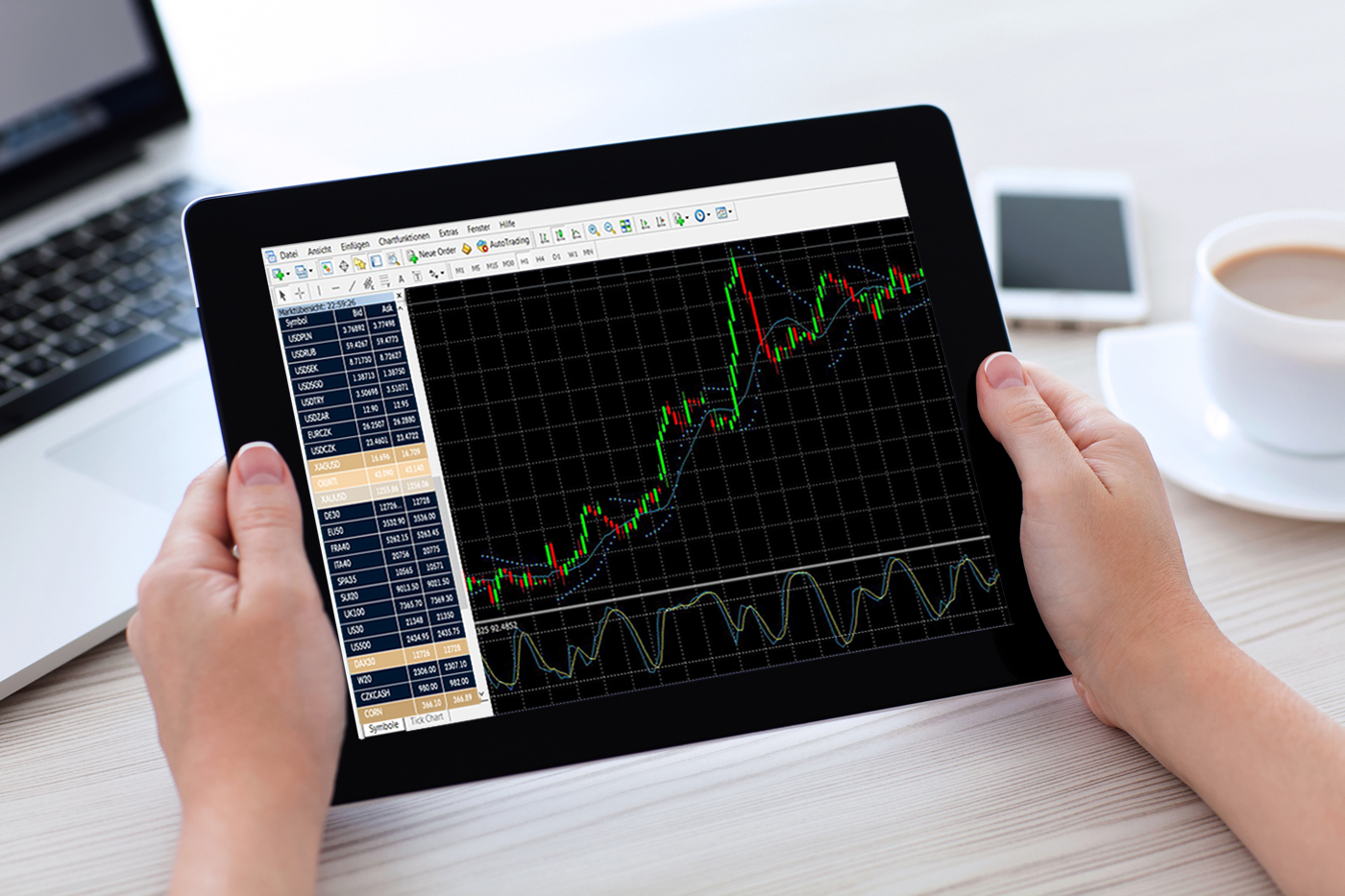When it comes to buying stocks, one of the most important pieces of advice is to not overpay. The price you pay for the companies you buy can make or break your investment. Even a bad company could turn out to be a great investment if you buy it at a great price while even the greatest of companies may turn out to be an awful investment if you invest when it is priced way too high.
Typically I have new capital ready to invest each month. When I am ready to decide what company I would like to purchase, I have a 2 step process. First I review the companies that make up my stock watch list as these are the companies I have decided I would like to own. I look over my watch list to get a rough idea of what companies might be currently trading at the lowest valuation. Once I have an idea of a few companies from my list that I believe are currently trading at low or fair values I will do a deeper stock analysis of those companies and calculate out future expected returns of a current investment. Once I’ve gone through this process I then decide which company or which companies I will currently by depending on how much current cash I have available for a purchase.
A question that sometimes gets asked is how I determine which stocks I believe to currently be trading at decent values that I will then look further into. The answer is pretty simple and the exercise of narrowing down my list to a few companies that I believe to be the best current valuation really only takes a few minutes. It helps to be very familiar with the stocks on your watch list but even if you aren’t, it isn’t that long of a process.
Compare the Current P/E Ratio to Historical Ratios
The P/E ratio, or Price to Earnings Ratio, is one of the quickest ways to get an idea of the current valuation a company is trading at. There are a couple P/E ratios you can calculate and consider. The P/E ratio I use is taking the current stock price divided by the last annual reported earnings per share amount. For example if a stock currently trades at $25/share and it’s last reported annual EPS was $2.10 then the P/E would be 11.9 (25/2.1 = 11.9). This number can usually be found on most financial websites that report stock market statistics.

It is important to remember that different companies are going to trade at different P/E’s for a variety of reasons. Companies that grow their earnings at a higher growth rate will typically demand a higher stock price and thus a higher P/E ratio. Sometimes a company can demand a higher P/E ratio because of it’s great reputation for being a great company. On the same token, companies may trade at a lower P/E because their are questions about it’s future growth or maybe they had a recent negative event. For this reason, I believe it is important to compare the current P/E that a company is trading at with it’s historical average P/E ratios.
I get an idea of the historical P/E ranges from the S&P stock reports that I am able to get through my broker online. Check if your broker offers some report like this with historical information or if not you can buy the annual book put out by S&P with the stock reports for all the S&P 500 companies at Amazon Standard and Poors 500 Guide 2013. Another good resource is the Value Line stock sheets which you may find at your local library.
For an example I will look at 3 different stocks and tell you what I think of them currently.
Procter & Gamble (PG) – Looking at the S&P stock sheet for PG, I see the 2012 EPS was $3.54. PG closed on January 17, 2013 with a stock price of $69.67. This gives PG a P/E ratio of 19.68 (69.67/3.54). Looking at the historical P/E’s on the S&P stock sheet over the past 10 years I can see that PG traded with a high P/E of 27 back in 2003 and a low P/E of 11 back in 2010. Before the recession of 2008, PG’s P/E ratios low end was usually around 19 or 20. Since 2008 until last year you had opportunities to get PG with a P/E down in the low teens. Based on this information I would say that PG is probably trading at a fair valuation. Definitely not undervalued but if the stock is viewed as it was before the recession then getting it a P/E under 20 might be the best your going to do. If your interested in this company you may want to look further into it.
McDonald’s (MCD) – For MCD the 2011 EPS was $5.22. The 2012 results are not yet announced. MCD closed on January 17, 2013 with a stock price of $91.76. This gives a P/E ratio of 17.6 (91.76/5.22). Looking at historical P/E’s I see that MCD traded with a range of 12 to 20. Actually back in 2002 the high P/E was 40 but I usually will throw out an outliers. So with that information I would probably say MCD is towards the higher range. I don’t necessarily think it is over valued but it is on the high side of being fair valued.
Aflac (AFL) – Aflac had a 2011 EPS of $6.32. AFL closed on January 17, 2013 with a stock price of $51.44 giving it a current P/E of 8.1 (51.44/6.32). Looking at historical P/E’s I see that AFL traded with a range of 8 to 20. Based on this AFL is towards the bottom of it’s range and I would consider it to be undervalued. Remember though that there is probably some reason AFL is being valued low and you need to do a complete analysis before jumping into any investment.
So that is how I would get a quick idea of valuation using P/E ratios. If the above group were the only companies I was interested in then I would choose Aflac to look further into. I would analyze the company and calculate expected future returns before making an investment.
Besides P/E ratios I also like to look at one other metric to help get an idea of valuation.
Comparing the Earnings Yield to Long Term Treasury Rates
Along with looking over the companies P/E ratios another metric I like to look at is the company’s earnings yield and compare that to the current 30 year US treasury bond interest rate. The earnings yield is actually the inverse of the P/E ratio. It is calculated by taking the EPS of the company and dividing by the current market price. This will give you a percentage. For example a stock trading at $25 a share with EPS of $2.10 will have an earnings yield of 8.4%. I compare this to the current treasury rate found on Bloomberg which is currently at 3%. The idea is that I can buy a treasury bond and safely earn 3% in interest on my investment. The other option is I can buy the stock and earn a yield of 8.4%. However, their is more risk in the stock but their is also chance for the amount I’m earning to grow over time which will not happen with the bond. So I like the earnings yield to be higher than the long term treasury yield and as with every stock I’m interested in I make sure they are growing their EPS over time. Let’s look at our examples again.
Procter & Gamble (PG) – PG’s current earnings yield is 5.09% (3.54/69.67). This is higher than the 3% I could earn from a treasury bond. In the current low yield environment, PG’s stock looks like it would be a decent value. I would also want to make sure that the company is growing earnings per share over time.
McDonald’s (MCD) – MCD has a current earnings yield of 5.69% (5.22/91.76). This gives us a very similar result as PG.
Aflac (AFL) – Aflac has a current earnings yield of 12.29%. Compared to the treasury rate this looks like a great deal.
As you can probably tell, the earnings yield is going to lead us to the same companies of interest as we would get to by looking at P/E ratios. The reason looking at earnings yield is important is so that you can compare it to current treasury rates. For example, a company with a P/E of 20 would have an earnings yield of 5%. This is not a bad deal in today’s interest rate environment as long as I conclude this companies earnings are fairly consistent and growing over time. However, if the 30 year treasury rate was higher, say 6%, then I would want to consider buying treasury bonds instead. They would offer a higher initial rate of return that is safer.
The lesson is that the higher the 30 year treasury rate, the lower we want to pay for stocks. Generally in higher yielding environments stocks will trade at lower valuations but this doesn’t always seem to be the case. For example, during the dot com bubble some investors were willing to pay outrageous prices for stocks. They were buying stocks with earnings yields of 2.5% or lower when the treasury rate was much higher. These investors would have been much better off purchasing treasury bonds instead at that time or at the least not investing in these overvalued stocks. These overvalued stocks eventually plummeted in price or saw flat returns over the next decade.
Conclusion
These are the two ways I’ll do a quick valuation of whether I think a stock is fair, under or over valued. Usually I rely more on the P/E ratios rather than earnings yield but I think both can be valuable to pay attention to. It is important to remember that this is just the first step in the investing process. Next it is important to do a complete analysis and estimation of future returns before actually making the investment. Just because a stock is trading with the lowest P/E or the highest earnings yield does not mean it is the best investment to make. Check the news on the company. Look over the financial data. There may be a reason why the market is valuing that company lower than other companies in the stock market.
Do you have any tips on how to get a quick idea of a companies valuation? Please share your thoughts in the comments.
